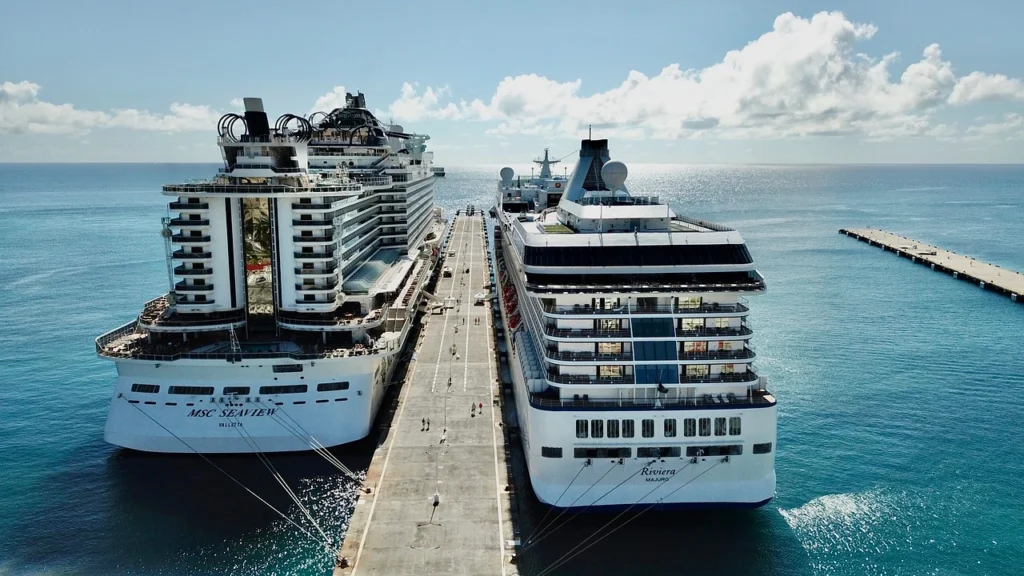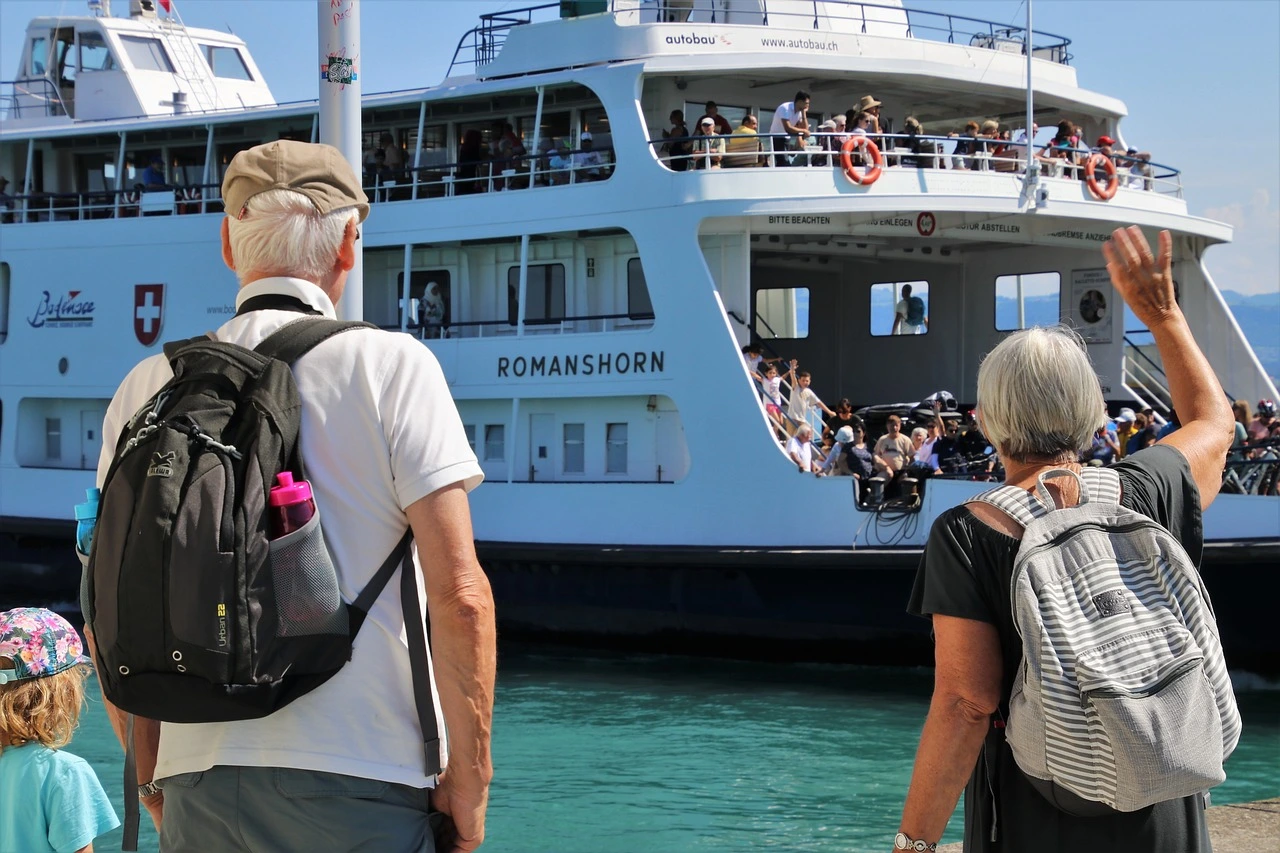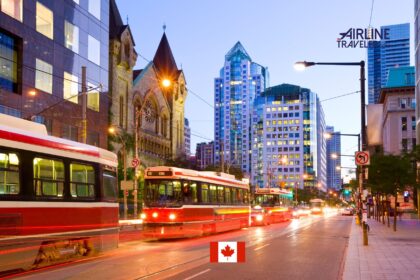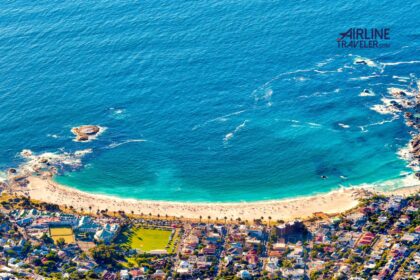Introduction
European cities, renowned for their historic charm and cultural significance, have long been favored destinations for travelers from across the globe. The appeal of Europe’s cities has only grown in recent decades, with the rise of mass tourism and the advent of cruise ship travel. However, this surge in tourism, particularly through the proliferation of large cruise ships, has not been without controversy. European cities, cognizant of the environmental impact and strain on infrastructure, are increasingly advocating for limits on cruise ship visits. This article delves into the multifaceted debate surrounding the regulation of cruise ships in European cities, examining the various perspectives and implications for the tourism industry, local communities, and the environment.
European Cities Are Calling for Limits on Cruise Ships
Over the past decade, cruise ships have become an increasingly common sight in many popular European destinations. While the cruise industry brings tourist revenue, many European cities are starting to question if the costs now outweigh the benefits. Several cities have begun implementing or calling for restrictions on cruise tourism.
The main concerns posed by cruise ships are overtourism and environmental impact. The typical cruise ship carries thousands of passengers, who all disembark at once and flood the most popular tourist sights. This sudden influx puts a strain on infrastructure and disrupts life for local residents. In Venice, cruises now account for nearly a third of all visitors, with up to 30,000 cruise passengers visiting per day during peak season. Several other cities like Dubrovnik, Croatia and Barcelona, Spain face similar issues with peak visitor numbers from cruises.
Cruise ships also bring adverse environmental impacts like air and water pollution. Their sheer size requires enormous amounts of fuel, and being powered by heavy fuel oil makes their emissions especially dirty. Soot and sulfur dioxide emissions can contribute to smog and acid rain locally. Cruise ships also dump bilge water and sewage into the ocean, adding to marine pollution. In many port cities, they must keep engines running while docked to maintain power, worsening air quality.
In response, cities have begun pushing for stricter regulations. Venice has implemented a ban on the largest cruise ships, which will divert the biggest ships away from the city center. Dubrovnik aims to follow suit next year by cutting cruise ship passengers in half. Barcelona set limits on daily cruise passengers and is working to get ships to use lower-emission fuel while docked. Several cities are also reducing cruise docking rights and adding environmental tariffs to disincentivize cruises.
While regulation poses challenges for the cruise industry, experts say the limits are reasonable to preserve tourism sustainability and quality of life for locals. The cities are not seeking an outright ban, but a return to more manageable levels of cruise tourism. The cities must balance economic realities with responsible management. Smarter coordination between cruise lines and port cities could achieve compromise. But with overtourism concerns rising, it is clear that unrestricted cruise tourism cannot continue unchecked.
The Rise of Cruise Tourism in Europe
In the past few decades, Europe has emerged as a premier destination for cruise ship tourism, offering travelers a unique opportunity to explore multiple cities and countries in a single trip. Cities like Barcelona, Venice, and Dubrovnik have become regular stops on popular Mediterranean cruise routes, attracting millions of tourists annually. The economic benefits of this influx are undeniable, as local businesses, tour operators, and various other stakeholders in the tourism industry have profited significantly
Challenges Faced by European Cities
Despite the economic gains, the rapid growth of cruise tourism has led to a series of challenges for European cities. One of the foremost concerns is the strain on infrastructure, as the sudden arrival of thousands of passengers overwhelms local facilities and resources. Historic city centers, not built to accommodate such large numbers of tourists, are often plagued by congestion, overcrowding, and a decline in the quality of life for local residents. Furthermore, the environmental impact of cruise ships, including air and water pollution, has raised alarms among environmentalists and local communities alike.
Local Initiatives and Advocacy for Regulation
In response to these challenges, numerous European cities have taken a proactive approach by advocating for stricter regulations on cruise ships. Venice, for instance, has been at the forefront of this movement, seeking to limit the number and size of cruise ships entering the fragile Venetian lagoon. Similarly, cities like Dubrovnik and Santorini have implemented measures to control the influx of tourists, aiming to preserve the integrity of their historical sites and ensure the well-being of their residents.
Balancing Economic Benefits and Sustainability
The call for limits on cruise ships presents a delicate balancing act for European cities. On one hand, the tourism industry remains a significant source of revenue and employment for many European communities, making it essential to find sustainable ways to manage tourism without compromising the local environment and heritage. On the other hand, the preservation of historical sites, reduction of pollution, and the well-being of local residents cannot be overlooked in the pursuit of economic gains.
Collaborative Efforts and Future Prospects
Moving forward, it is imperative for all stakeholders, including governments, cruise companies, and local communities, to engage in open dialogue and collaborative efforts to find sustainable solutions. This could involve the implementation of stricter environmental regulations for cruise ships, the development of alternative tourism strategies, and the promotion of responsible travel practices among tourists. Additionally, investing in the enhancement of local infrastructure and diversifying the tourism offerings can help distribute the economic benefits more equitably across the region.
READ ALSO: Top Tips for Cruising with Kids: Making Memorable Family Adventures at Sea
Here are some of the key things to know about European cities calling for limits on cruise ships:

- Overtourism is a major concern – Popular destinations like Venice, Dubrovnik, and Barcelona are flooded with thousands of cruise passengers per day, straining infrastructure.
- Environmental impacts are another issue – Cruise ships cause air & water pollution from emissions, fuel waste, sewage dumping.
- Cities are responding with new regulations – Venice banned largest cruise ships from city center. Dubrovnik cutting passengers in half. Barcelona set caps on daily visitors.
- Regulations aim to reduce but not ban cruises – Cities want to find a balance and return to sustainable tourism levels.
- Coordination is needed between cruise lines & cities – Compromise could be achieved with smarter planning between industry and ports.
- Cities must weigh economic benefits and responsible management – Cruise revenue is important but unchecked tourism growth has downsides.
- The issue reflects a wider overtourism problem – Cruise ships are just one part of struggling with mass tourism in Europe’s top destinations.
- Limits seek to preserve quality of life for residents – Overtourism disrupts locals’ lives and changes neighborhood character.
- Sustainable tourism is the goal – Popular cities don’t want to lose tourism revenue but need to find ways to make it greener and less disruptive.
Here are some frequently asked questions about European cities calling for limits on cruise ships:
Why are cities trying to limit cruise ships?
The main reasons are overtourism and environmental impact. The sudden influx of thousands of cruise passengers strains infrastructure and disrupts daily life for residents. Cruise ships also cause pollution and waste discharge issues for port cities.
Which cities are implementing cruise ship limits?
Venice, Dubrovnik, Barcelona, and Amsterdam are some cities that have already passed or are calling for cruise ship restrictions. Several other European port cities are considering limits as well.
What kinds of restrictions are being implemented?
Limits include caps on total daily visitors, bans on the largest cruise ships from city centers, reductions in docking rights, and new environmental tariffs. The restrictions aim to reduce but not completely ban cruise ships.
How has the cruise industry responded?
While reluctant to lose revenue, cruise lines have been willing to work with cities on compromises. Some companies have voluntarily agreed to reroute larger ships or changed docking times to relieve overcrowding.
Do limits on cruise ships mean a loss of tourism?
Not necessarily. Cities want to maintain tourism income but through sustainable levels and practices. Limits to reduce overcrowding can actually preserve the value and enjoyment of destinations.
Are city residents supportive of cruise ship restrictions?
Yes, many resident groups have campaigned for cruise ship limits due to congestion and pollution concerns. Preserving quality of life for locals is a priority.
Are limits targeting cruise ships unfair?
Cities say cruise ships warrant particular focus because of their sudden impacts when disembarking thousands at once. Limits aim to return balance versus outright banning.
What long-term solutions are being considered?
Investing in alternative energy, smarter docking coordination, spreading out visitor flows, improved waste management, and more. The goal is responsible tourism management.
Conclusion
European cities are facing a pivotal moment in their efforts to balance the demands of a thriving tourism industry with the imperative to safeguard their cultural heritage and natural environment. The increasing calls for limitations on cruise ships reflect a growing awareness of the need for sustainable tourism practices that prioritize the long-term well-being of these cities. As stakeholders grapple with the complexities of regulating cruise ship visits, it is evident that a collaborative and multifaceted approach is essential.
Finding a sustainable equilibrium between economic prosperity and ecological preservation is paramount. European cities must continue to advocate for comprehensive regulations that address the strain on infrastructure and mitigate the environmental impact of cruise ship tourism. Simultaneously, efforts to diversify tourism offerings and promote responsible travel practices can help disperse the burden on overcrowded city centers, fostering a more balanced and sustainable tourism landscape.
Through proactive engagement with local communities, cruise operators, and governmental bodies, European cities can foster a shared commitment to responsible tourism. By investing in eco-friendly infrastructure, supporting cultural preservation initiatives, and prioritizing environmental stewardship, these cities can uphold their distinctive allure for generations to come, ensuring that the magic of Europe’s historical and cultural treasures remains an enduring legacy for all who visit.
In another related article, How to Plan the Perfect Family Cruise Vacation: A Comprehensive Guide






